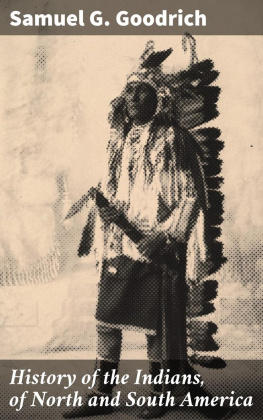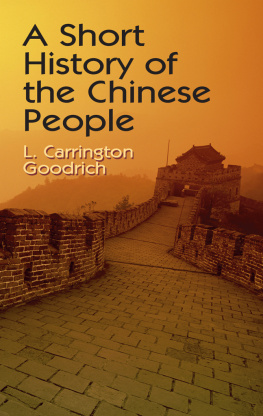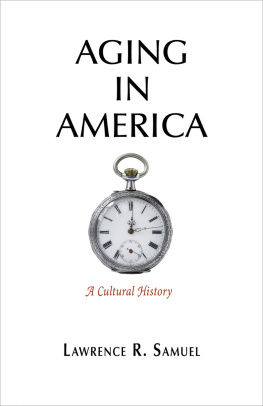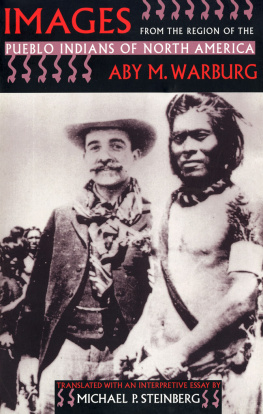INTRODUCTION.
Table of Contents
When America was first discovered, it was found to be inhabited by a race of men different from any already known. They were called Indians , from the West Indies, where they were first seen, and which Columbus, according to the common opinion of that age, supposed to be a part of the East Indies. On exploring the coasts and the interior of the vast continent, the same singular people, in different varieties, were everywhere discovered. Their general conformation and features, character, habits, and customs were too evidently alike not to render it proper to class them under the same common name; and yet there were sufficient diversities, in these respects, to allow of grouping them in minor divisions, as families or tribes. These frequently took their names from the parts of the country where they lived.
The differences just mentioned were, indeed, no greater than might have been expected from the varieties of climate, modes of life, and degree of improvement which existed among them. Sometimes the Indians were found gathered in large numbers along the banks of rivers or lakes, or in the dense forest, their hunting-grounds; and not unfrequently also, scattered in little collections over the extended face of the country. As they were often engaged in wars with each other, a powerful tribe would occasionally subject to its sway numerous other lesser ones, whom it held as its vassals.
No accurate account can be given of their numbers. Some have estimated the whole amount in North and South America, at the time of the discovery of the continent, even as high as one hundred or one hundred and fifty millions. This estimate is unquestionably much too large. A more probable one would be from fifteen or twenty to twenty-five millions. But they have greatly diminished, and of all the ancient race not more than four or five millions, if so many, now remain. Pestilence, wars, hardships, and sufferings of various kinds have been their lot for nearly four hundred years; and they have melted away at the approach of the white man; so that even a lone Indian is now scarcely found beside the grave of his fathers, where once the war-whoop might have called a thousand or more valiant men to go forth to engage in the deadly fray. With them have perished, in many instances, their ancient traditions; and as they had no other means of handing down the records of their deeds, their history is lost, except here and there a fragment, which has been treasured up by some white man more curious than his fellows, in studying their present or former fates. Monuments, indeed, exist, widely scattered over the countries they once occupied; some rude and inartificial, marked by no skill or taste; and others evidently reared at not a little expense of time and labor, and characterized by all the indications of a people far in advance of their neighbours in the arts and in civilization.
By whom were these reared, when, and for what cause? How long have they been thus reposing in their undisturbed quiet, and crumbling in silent ruin? are questions that force themselves on the mind of the reflective traveller, as he stands beside or amid their strange forms, and pores over what seem the sepulchres of buried ages. But the tongue of history is mute, and they who could have answered his inquiries have long since passed away.
To give, therefore, a historical account of the American Indians is a task beset with not a few difficulties. The sources of information must be almost wholly derived from their conquerors and foes; and though the incidents related may be in the main correct, and the causes that lie on the surface be easily known, yet the more hidden ones, the secret springs of action, are beyond our reach. We have not the Indian himself recording for us the motives that have prompted his stern spirit, carefully veiling his designs from all around, nourishing the dark purpose, and maturing his plans. We are not admitted to the council of the warriors or wise men, and allowed to listen to their relation of the wrongs, real or fancied, they have suffered, or to see how one after another of the chiefs or counsellors utters his opinions, and the deep plot is laid which is to issue in wreaking a dire revenge, even to extermination, on the hated intruders.
All these various incentives to action, are nearly or quite beyond our inspection. Yet it is in the contemplation of such only, that Indian history can be truly estimated; for all these particulars throw their lights and shades across and into the portraiture of this most singular people. It could hardly be expected, that they, who suffered from the fearful revenge of the red man, who saw, as it were, the scalping-knife gleaming around the head of a beloved wife, or child, or friend, or who felt the arrow quivering in their own flesh, or who heard the war-whoop ringing terrifically on the domestic quiet of their habitation,it could hardly, indeed, be expected, that such persons should be as truthful or impartial as if they had been called to record scenes of a more peaceful and grateful kind. Without, therefore, doing the early writers the injustice of supposing that they mean to misrepresent facts,yet, in glancing over their descriptions of perfidy, plots, murders, cruelties, and revenge, we must remember that the red man had no one of his race to record for him his history, and be candid and just in our judgments, where there may often be not a little to extenuate, if not wholly to excuse from blame.
Let us also bear in mind one remarkable fact, that, in their first intercourse, the reception extended to the Europeans by the Americans was confiding and hospitable, and that this confidence and hospitality were generally repaid with treachery, rapine, and murder. This was the history of events for the first century, till at last the red men, over the whole continent, learned to regard the Europeans as their enemies, the plunderers of their wealth, the spoilers of their villages, the greedy usurpers of their liberty and lands. We are told of tribes of birds, in the interior of Africa, which at first permitted travellers to approach them, not having yet learned the lesson of fear; but after the fowler had scattered death among them, they discovered that man was a being to be dreaded, and fled at his approach. The natives of America had a similar lesson to learn; and though they did not always fly from the approach of their European enemy, it was not because they expected mercy at his hands.











